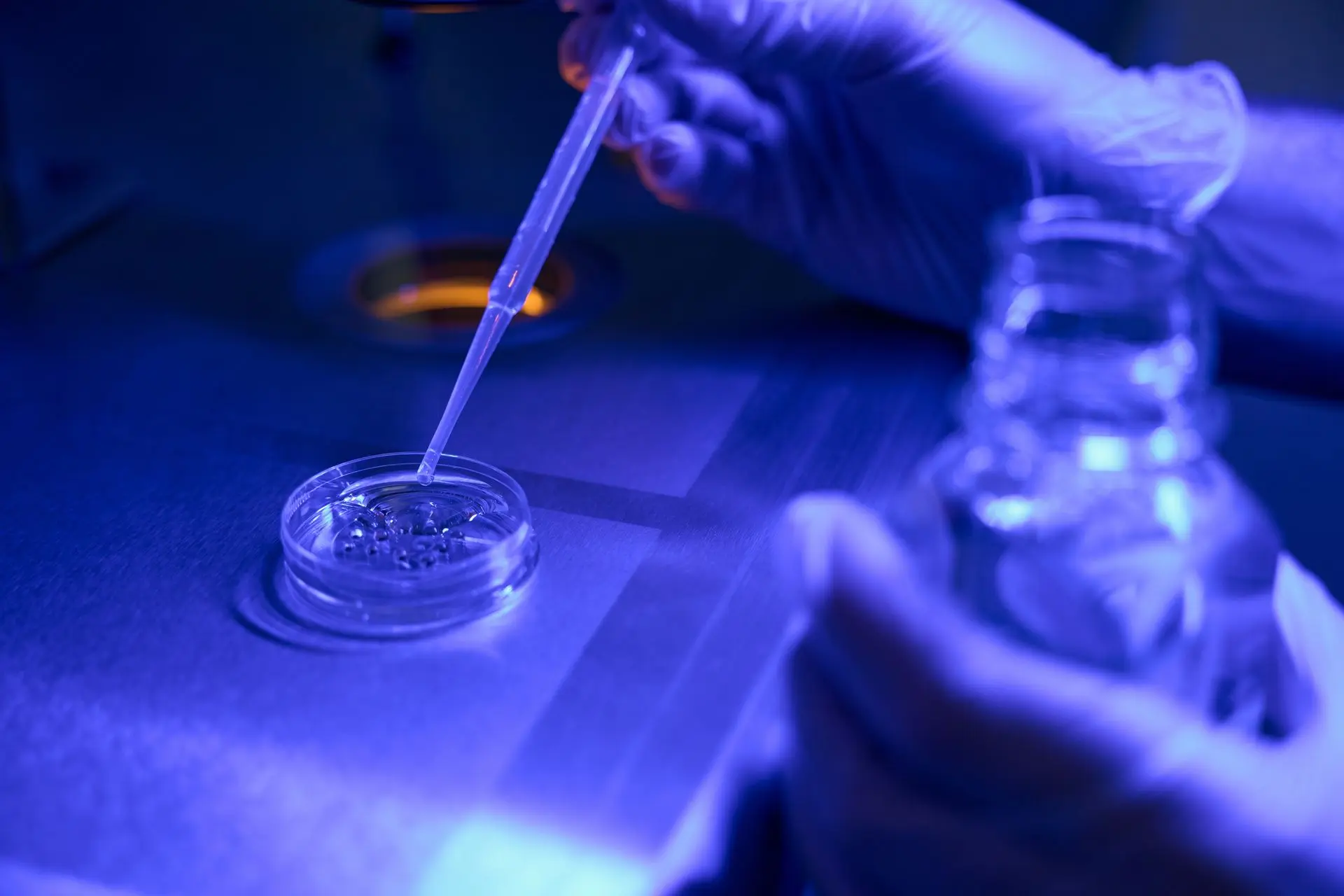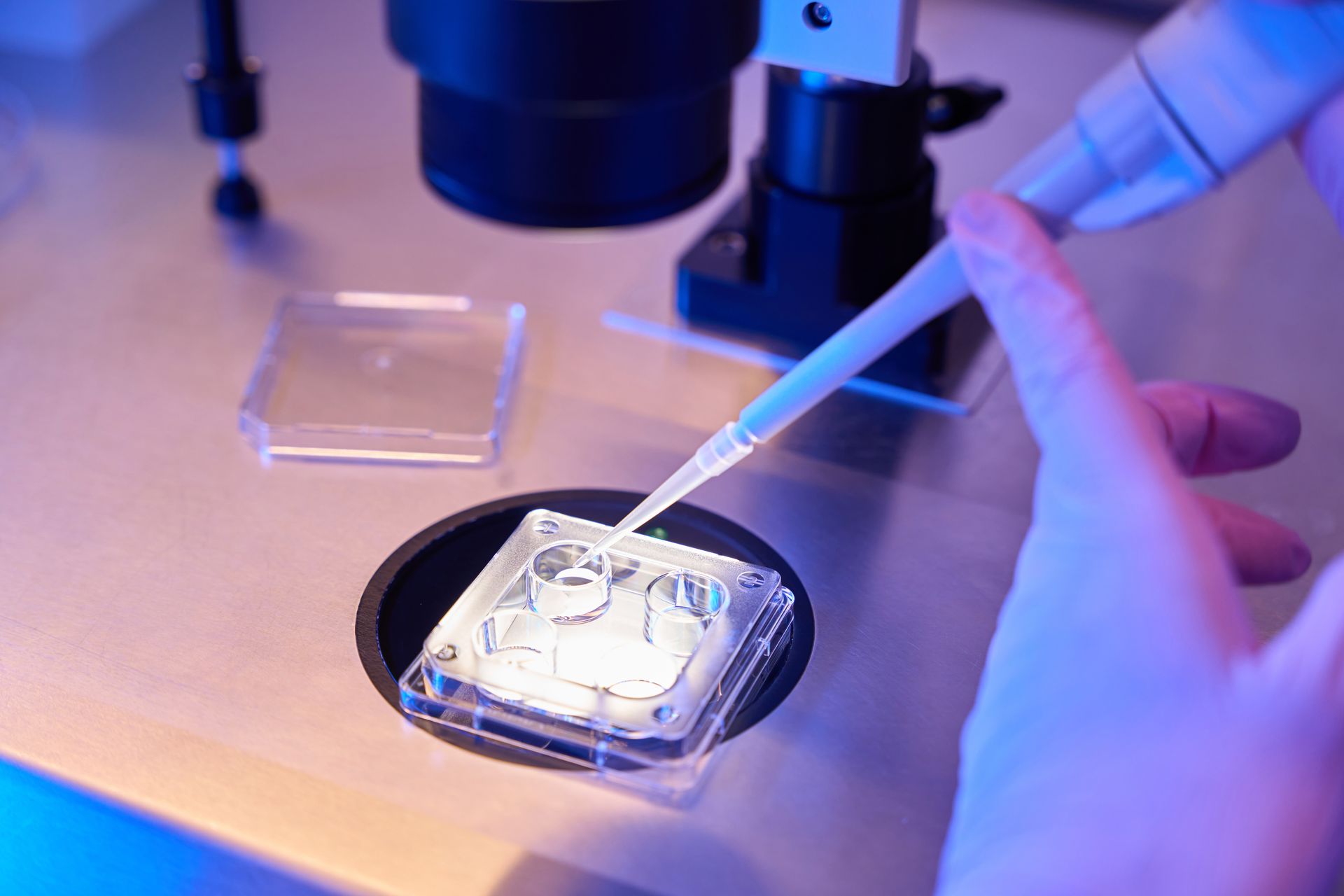
Research Lab
Our health is determined by many things. The food we eat, our environment both at work and home, as well as our genes.
Over 6000 disorders that are caused by mutations in a single gene have been identified, leading to enhanced clinical knowledge, and often better treatment, for those affected. However, as the molecular genetics revolution proceeds there is increasing evidence for an interaction between a number of genes and the environment as a major contributory factor in more complex human diseases such as diabetes, multiple sclerosis and certain cancers. Such diseases will affect many more individuals in our community, potentially every Australian or member of their family at least some time in their lifetime, and currently place an enormous burden on our health care system.
Discover
Discovery of genes associated with common human diseases will enhance the clinical and biological understanding of these disorders and facilitate identification of those most at risk. For some diseases there may be preventative measures in lifestyle that could be adopted or screening methods to ensure early detection, leading to better treatment and prognosis in many cases. Gene identification may also identify targets for drug discovery or genes and their encoded proteins useful as therapeutics themselves.
The Gene CRC
WHAT IS A CRC ?
The Cooperative Research Centres Program is an Australian Federal Government funded program established to boost the competitiveness of Australian industry, by strengthening collaborative research links between industry, research organisations, educational institutions and relevant government agencies.
The Program also encourages strategic long-term agreements between research providers and research users in the public and private sectors. Typically CRCs are funded for a period of seven years and are a collaboration between a number of academic research institutes plus at least one industry partner. As of January 2000 there were 65 CRCs established in Australia covering a diverse range of research areas, such as:
- Manufacturing Technology
- Information and Communication Technology
- Mining and Energy
- Agriculture and Rural Based Manufacturing
- Environment
- Medical Science and Technology
Five principle areas of common diseases are being researched by the Gene CRC :
Program 1: Cancer
melanoma, basal cell carcinoma
The Gene CRC is conducting two projects into skin cancer: one looking at links between moliness and melanoma, the other investigating the genetic basis of basal cell carcinomas.
-
Program 2: Metabolic Disorders
non-insulin dependent diabetes mellitus, osteoarthritis
The Gene CRC is investigating two common and disabling metabolic diseases that appear to have strong genetic backgrounds: non-insulin dependent diabetes mellitus and osteoarthritis.
-
Program 3: Autoimmune Disorders
insulin dependent diabetes mellitus, multiple sclerosis, eczema
Insulin-dependent diabetes mellitus, multiple sclerosis and eczema, diseases affecting the lives of many Australians, are being researched..
-
Program 4: Women's Health
endometriosis, fertility
Genetic factors involved with endometriosis and studies into twinning are under investigation.
-
Program 5: Public Health
attention deficit hyperactivity disorder, alcoholism
Projects researching possible genetic factors in alcoholism and Attention Deficit Hyperactivity Disorder (ADHD) are being conducted by the Gene CRC.

Until recently, the understanding of the genetic basis of human disease was confined to classical genetic diseases such as sickle-cell anaemia and cystic fibrosis. The hallmarks of classic genetic diseases are their relative rarity, the fact that they arise from mutations in a single gene and their inheritance can be traced through a family. Several thousand human diseases exhibit classic ‘monogenic’ inheritance, and are presumably caused by defects in single genes. For a complete listing of human genes and genetic disorders visit Online Mendelian Inheritance in Man.
The power of molecular genetics has transformed the understanding of diseases caused by single defective genes and identified targets for their treatment. But single-gene disorders are rare and the full impact of the genomics revolution will be felt in major diseases such as cancer and diabetes.
The genes underlying the major common diseases have remained more elusive. These diseases tend to be complex conditions which involve many genes, any one of which in association with environmental factors only slightly increases an individuals risk of disease, (polygenic and multi-factorial diseases). Whatever the condition, the gene must be singled out from 100,000 others in the human genome. With the advent of new techniques in molecular biology, scientists have recently gained the ability to clone and sequence these genes.
It was not until the discovery of the cystic fibrosis gene in 1989 that a disease gene was identified without knowing anything about the protein it encodes. The fact that a disease gene could be identified by linkage analysis opened the way forward to the three main methods employed today. The first, positional cloning, attempts to link genes to a specific disease through a direct genetic association, rather than a biological association. The second method focuses on indirect approaches that examine differential gene expression in healthy and unhealthy tissues. Comparing the DNA sequence of genes in affected and unaffected relatives leads eventually to identifying the gene whose defects are associated with the disease. The third approach involves the sequencing of all the genes in an organism. The Human Genome Project, (also found here), is a worldwide effort to map and identify all the genes encoded in human DNA.
Much of the work of the Gene CRC focuses on isolating genes contributing to complex genetic diseases based entirely on their chromosomal localisation without any prior knowledge of function. This positional cloning approach has proven highly successful in the isolation of genes responsible for many single gene disorders.
The positional cloning approach can be divided into three broad steps:
- Step 1. Chromosomal Localisation and Further Genetic Mapping
Genetic mapping is based on the fact that the inheritance patterns of the different forms (alleles) of genes exhibit statistical regularities since each child randomly inherits one of the two copies of a given gene from each parent. The Gene CRC uses two main techniques to detect the chromosomal localisation of genes contributing to complex disease: linkage analysis and linkage disequilibrium (allelic association). The use of mouse models as a tool for mapping disease genes is also employed by the Gene CRC.
- Step 2. Physical Mapping of the Candidate Gene Interval
Once a gene has been localised to a small region of a chromosome, the task of isolating it begins. Currently this entails the construction of a physical map across the chromosomal region carrying the gene, the identification of all genes within that region and then gene characterisation/mutation analysis to implicate a particular gene in the trait.
- Step 3. Gene Isolation and Analysis of Candidate Genes
The final stage of the gene discovery process, identifying causative genes within the candidate interval generally relies on knowledge of the biology of the disease being studied.
As the sequencing of the human genome nears completion the whole process is becoming more streamlined, particularly the physical mapping and gene identification phases. However, for complex diseases in particular, establishing definitive chromosomal linkage is still a labour intensive process requiring analysis of very large collections of samples from relevant and often special populations.
Identification of genes underlying the major common diseases will result in major advances in the diagnosis, prevention and treatment of human disease. Identification of these genes will also lead to more efficient drug discovery.


